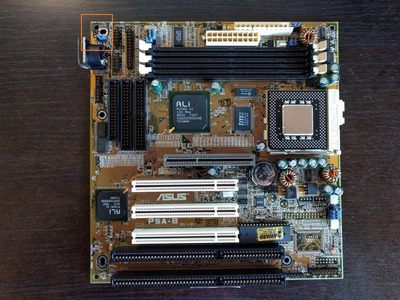First post, by wkjagt
- Rank
- Newbie
Hey all. I recently got a WASD Code keyboard, which is one of the few TKL mechanical keyboards that still support PS/2. I have it connected to my P5A-B motherboard using the regular 5-pin keyboard port through a passive USB to PS/2 adapter and then a PS/2 to AT style plug connector. The problem is that on first boot (after turning the PC on) the keyboard doesn't work. The backlight turns off and on, and for some reason I can bypass the memory check during POST by pressing ESC. When I press a key, the backlight turns off. After booting, the keyboard doesn't work, and the backlight stays off. When I unplug and replug the keyboard however, it starts working perfectly, and continues to work perfectly. When I reboot without turning the computer off, the keyboard continues to work fine.
At first I thought it might be a power problem, with the backlight taking too much power, but I turned it off, and tested again, and still the same problem. Also, it works fine with the backlight turned on after plugging the keyboard back in.
Regular PS/2 keyboards work totally fine with this setup by the way.
Does anyone have an idea what might be going on?
Stay at home dad playing around with 286-486. Programming C and assembly. Repairing old stuff.
